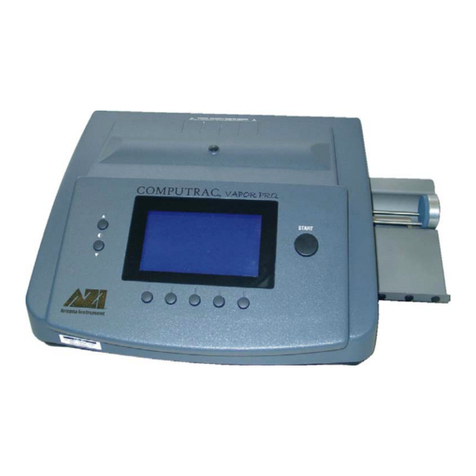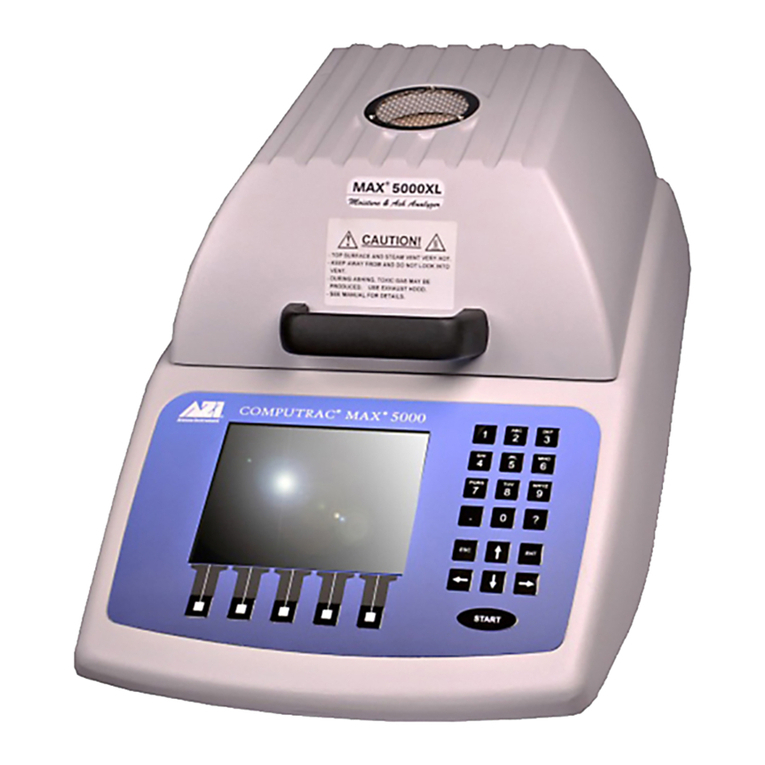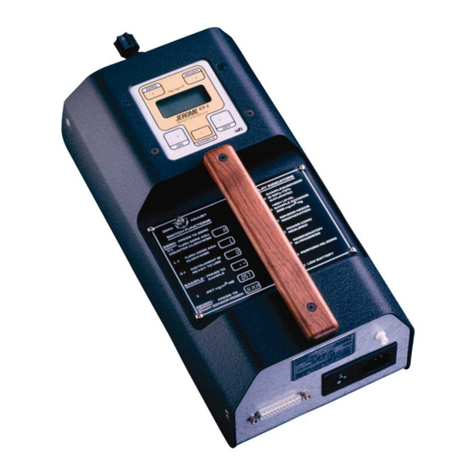
AZI Customer Service 800-528-7411 or 602-470-1414 Page 3 of 57
Table of Contents
1. UNPACKING THE INSTRUMENT.....................................................................................................4
2. INTRODUCTION ...................................................................................................................................6
3. JEROME®J605 TECHNICAL SPECIFICATIONS ...........................................................................8
4. PRINCIPLE OF OPERATION..............................................................................................................9
Zero Air Filter (AZI P/N Z2600 3905).......................................................................................................11
5. INSTRUMENT OPERATION...............................................................................................................12
J605 Main Screen Display..........................................................................................................................12
J605 Back Panel Connections.....................................................................................................................13
J605 User Interface Main Menu Structure..................................................................................................14
SAMPLE menu ..........................................................................................................................................15
REGEN menu.............................................................................................................................................17
DATA menu...............................................................................................................................................18
SYSTEM menu ..........................................................................................................................................20
Daily Operations.........................................................................................................................................22
Sensor Regeneration...................................................................................................................................23
Sample Mode..............................................................................................................................................24
Survey Mode ..............................................................................................................................................25
Operating on AC Power or Generator........................................................................................................26
Operating on Internal Battery Power..........................................................................................................26
Battery Management ..................................................................................................................................26
External Battery Power...............................................................................................................................27
Charging Internal Battery...........................................................................................................................28
Retrieving Data...........................................................................................................................................29
Instrument I/O Interface.............................................................................................................................30
4-20mA Output...........................................................................................................................................30
6. MAINTENANCE.....................................................................................................................................32
Preventive Maintenance Calendar..............................................................................................................32
Flow System...............................................................................................................................................33
.25 inch Fritware Filter........................................................................................................................33
Internal Filters .....................................................................................................................................34
Replacing the Battery Pack ........................................................................................................................35
7. CALIBRATION.......................................................................................................................................36
Factory Calibration Service........................................................................................................................36
Verification of Functionality and Quality Control .....................................................................................36
8. J605 TROUBLESHOOTING.................................................................................................................37
Potential Interferences................................................................................................................................39
9. ACCESSORIES & MAINTENANCE PARTS.....................................................................................40
Spare Parts & Accessories..........................................................................................................................42
10. APPENDIX A – USB/HYPERTERMINAL SETUP ............................................................................45
11. APPENDIX B - J605 FUNCTIONAL TEST MODULE......................................................................55
Simple Operation........................................................................................................................................55
12. WARRANTY...........................................................................................................................................56
An up-to-date electronic copy of this manual can be found on the AZI website at
http://www.azic.com/
NOTE: For levels less than 10 ppb, it is necessary to run a warm-up routine before
sampling. To initiate the automatic five minute warm-up, install a Zero Air Filter (AZI
P/N Z2600 3905) in the intake and select Warmup from the REGEN menu. Refer to the
Daily Operations section for more information.


































